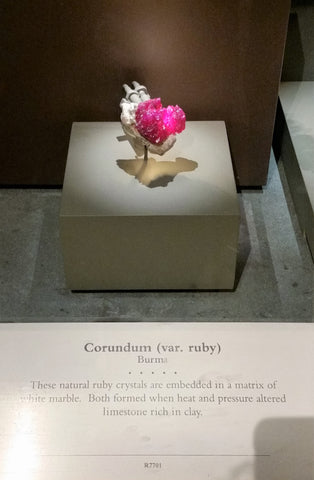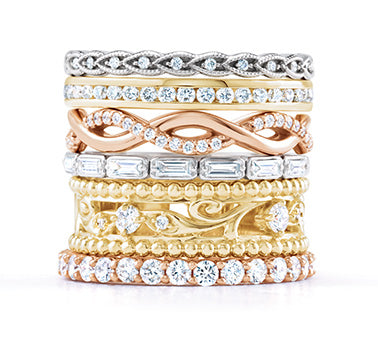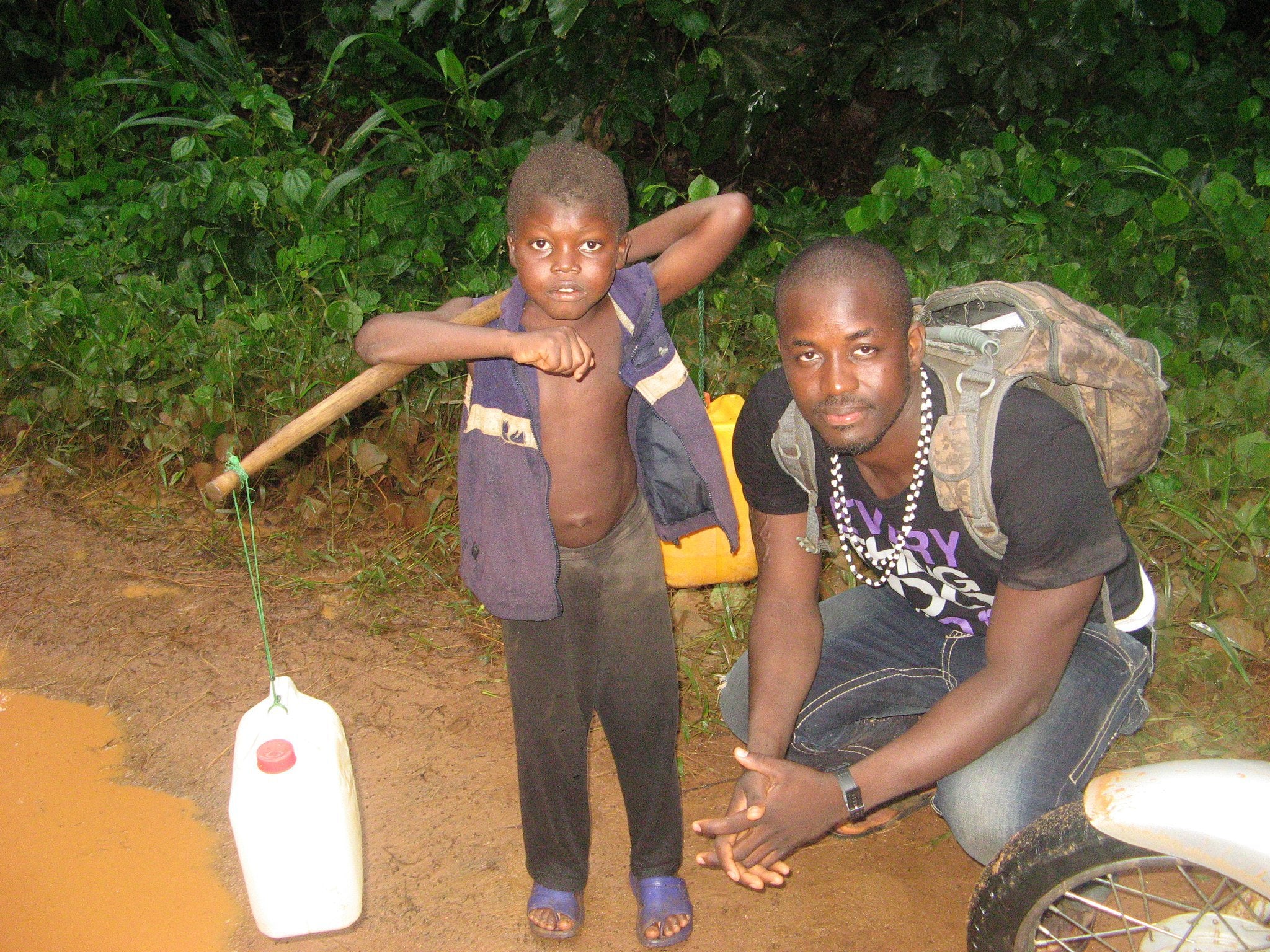Lifetime Warranty
24/7 Hour Customer Service
Free Shipping
30-Day Return
Moijey Fine Jewelry & Diamonds Blog
The History of Regal Rubies
Originally posted on July 13th, 2017
Updated April 10th, 2020
We can all agree that July's birthstone, Ruby, is simply fantastic. From its development deep in the Earth to the illuminating symbolism, Ruby is a lovely staple in the gem and jewelry industry.
How rubies come from the Earth is also extraordinary. Last week, I described the formation of corundum in metamorphic rock. Now I will go into detail about the beautiful countries from which they originate.

Since 600 A.D., Myanmar has been a prominent source for the most beautiful rubies, called Burmese rubies ever produced on Earth. Specifically, the Mogok region of Myanmar is the source of high-quality ruby, even rubies from other mines in the world use Burmese rubies for quality references. The ruby rough grows in marble; therefore, the ruby rough won't have any brown tinge from iron. Our Ruby and Clover Diamond Pendant could be potential holders for Burmese rubies. Aren't they pretty?



Burmese rubies, with a bright and pure red color, are "pigeon's blood." This a figuratively and colorful name that comes from the Burmese phrase, "blood drops from the heart of Mother Earth." Burmese rubies are also known for their silk, small rutile inclusions that reflect light and bring a softness to the ruby.
Due to military strife and the conflict involving the ruby mines in Myanmar, Burmese rubies weren't allowed in the United States under the JADE (Junta's Anti-Democratic Efforts) Act of 2008. This was an attempt to persuade Myanmar to move towards democracy. Thankfully, after the governmental reformation in Myanmar, the ban on Burmese rubies was lifted on October 7th, 2016.





While the JADE Act was in effect, there have been plenty of ruby mines with high quality rough. They provided for the rubies in our Gold Star and Ruby Ring and our Ruby and Gold Bezel Stud Earrings. In 2008, the same year the Burmese ban came into effect, a plentiful ruby deposit was found in Mozambique. The quality of the rough can be compared to Burmese ruby rough, depending on whether or not the rough has traces of iron in its structure. Approximately 85% of rubies in the market today come from Mozambique.

Not only is Mozambique a source of top-notch Ruby, but Vietnam also yields beautiful stones. Discovered in the 1970s and commercialized in the 1980s, the mines in Luc Yen and Quy Chau are the most significant sources of beautiful Vietnamese rubies. Sri Lanka is also a source of stunning rubies, and the mines have been in use for over 2500 years. Sri Lanka could be responsible for the rubies in these stackable rings.



In the gem and jewelry news, Greenland announced that they officially began production of mining ruby from primary deposits. It means that rubies will come up to the Earth's surface with mining equipment and technology. How many rubies - and pink sapphire - rough is yet to be determined, but I think we can all agree that it is exciting to see how the Greenland mines will progress!
There are more ruby sources throughout the world, which is good news considering the most beautiful rubies are estimated to be $1500 to $3000 per carat. Rubies are even earning higher prices per carat at auction than even a flawless diamond. You're right, that is surprising.
Thank you for stopping by Moijey to read our blog to celebrate Ruby, the birthstone of July. We look forward to seeing you again.
The History of Regal Rubies
Originally posted on July 13th, 2017
Updated April 10th, 2020
We can all agree that July's birthstone, Ruby, is simply fantastic. From its development deep in the Earth to the illuminating symbolism, Ruby is a lovely staple in the gem and jewelry industry.
How rubies come from the Earth is also extraordinary. Last week, I described the formation of corundum in metamorphic rock. Now I will go into detail about the beautiful countries from which they originate.

Since 600 A.D., Myanmar has been a prominent source for the most beautiful rubies, called Burmese rubies ever produced on Earth. Specifically, the Mogok region of Myanmar is the source of high-quality ruby, even rubies from other mines in the world use Burmese rubies for quality references. The ruby rough grows in marble; therefore, the ruby rough won't have any brown tinge from iron. Our Ruby and Clover Diamond Pendant could be potential holders for Burmese rubies. Aren't they pretty?



Burmese rubies, with a bright and pure red color, are "pigeon's blood." This a figuratively and colorful name that comes from the Burmese phrase, "blood drops from the heart of Mother Earth." Burmese rubies are also known for their silk, small rutile inclusions that reflect light and bring a softness to the ruby.
Due to military strife and the conflict involving the ruby mines in Myanmar, Burmese rubies weren't allowed in the United States under the JADE (Junta's Anti-Democratic Efforts) Act of 2008. This was an attempt to persuade Myanmar to move towards democracy. Thankfully, after the governmental reformation in Myanmar, the ban on Burmese rubies was lifted on October 7th, 2016.





While the JADE Act was in effect, there have been plenty of ruby mines with high quality rough. They provided for the rubies in our Gold Star and Ruby Ring and our Ruby and Gold Bezel Stud Earrings. In 2008, the same year the Burmese ban came into effect, a plentiful ruby deposit was found in Mozambique. The quality of the rough can be compared to Burmese ruby rough, depending on whether or not the rough has traces of iron in its structure. Approximately 85% of rubies in the market today come from Mozambique.

Not only is Mozambique a source of top-notch Ruby, but Vietnam also yields beautiful stones. Discovered in the 1970s and commercialized in the 1980s, the mines in Luc Yen and Quy Chau are the most significant sources of beautiful Vietnamese rubies. Sri Lanka is also a source of stunning rubies, and the mines have been in use for over 2500 years. Sri Lanka could be responsible for the rubies in these stackable rings.



In the gem and jewelry news, Greenland announced that they officially began production of mining ruby from primary deposits. It means that rubies will come up to the Earth's surface with mining equipment and technology. How many rubies - and pink sapphire - rough is yet to be determined, but I think we can all agree that it is exciting to see how the Greenland mines will progress!
There are more ruby sources throughout the world, which is good news considering the most beautiful rubies are estimated to be $1500 to $3000 per carat. Rubies are even earning higher prices per carat at auction than even a flawless diamond. You're right, that is surprising.
Thank you for stopping by Moijey to read our blog to celebrate Ruby, the birthstone of July. We look forward to seeing you again.






